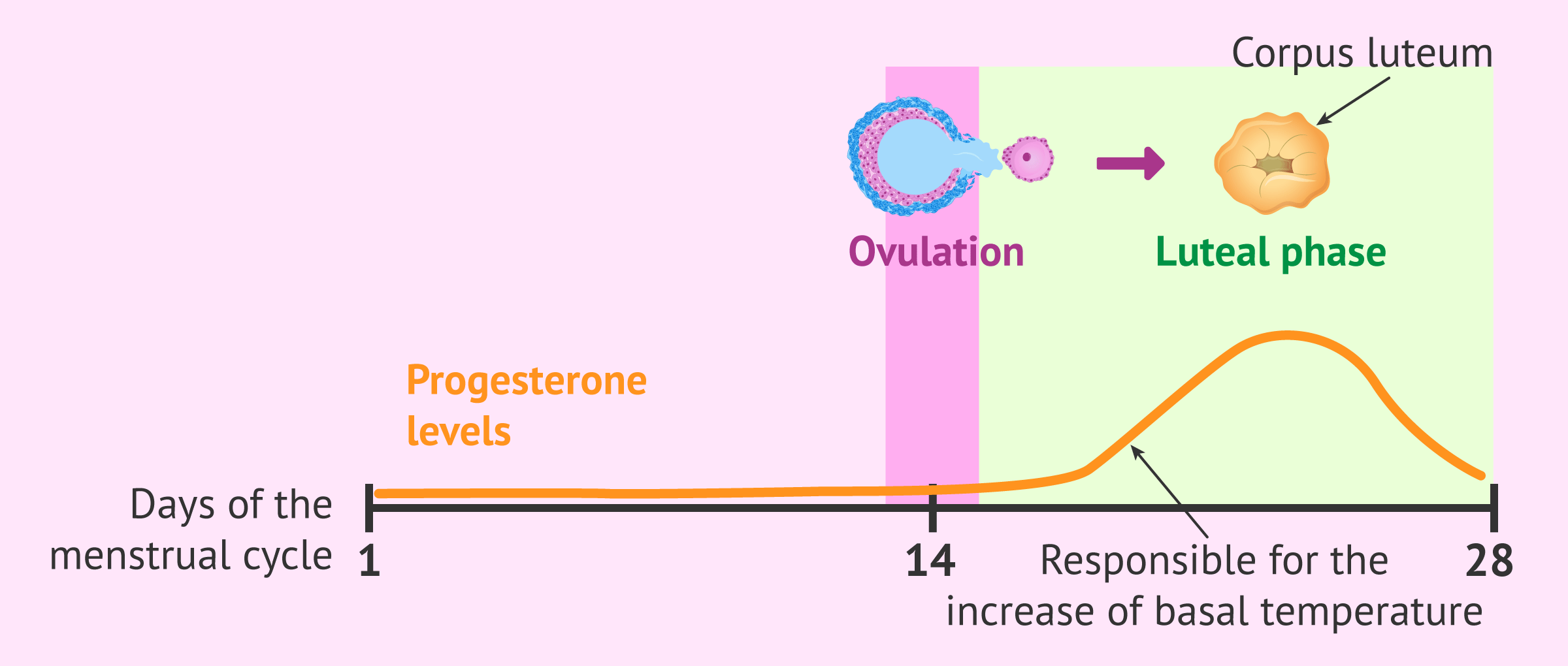The basal temperature method is based on detecting the increase in basal temperature that a woman experiences in each menstrual cycle once ovulation has occurred, i.e. the release of the egg from the ovary.
The reason for this increase in the woman's basal temperature is the increase in the levels of the hormone progesterone, which is produced by the corpus luteum (formed by the remains of the empty ovarian follicle after ovulation).
The increase in basal temperature is about 0.3-0.5°C, and if a pattern can be established by measuring basal temperature over several menstrual cycles, it will be possible to estimate when a woman ovulates.
Read the full article on: What is the basal body temperature method and how is it performed? ( 71).
By Silvia Azaña Gutiérrez B.Sc., M.Sc. (embryologist) and inviTRA Staff.
Last Update: 02/02/2023
